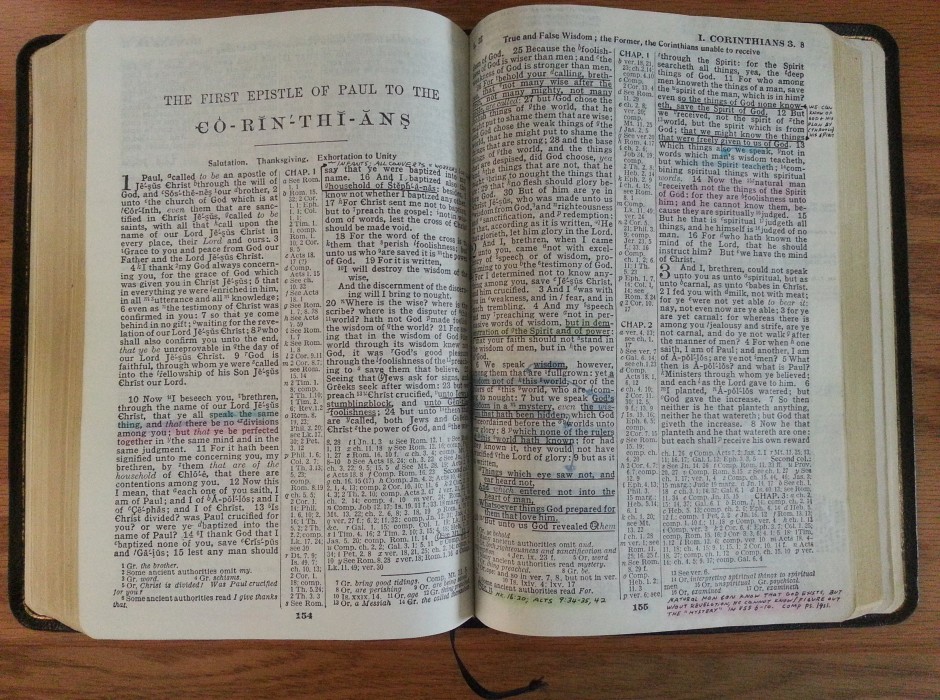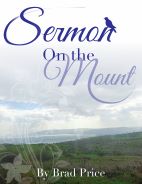One common type of variant encounter in comparing ancient Bible manuscripts is word order. An example would be the difference between a text reading: “Jesus Christ,” or “Christ Jesus.” Again, as we noted in the previous lesson, this difference alone might be counted as hundreds or even thousands of mistakes by Bible critics. In this case, although there may be a slight difference of emphasis shown by a change in word order, it changes absolutely nothing about the Christian’s faith or practice.
The type of difference that appears in passages like 1 John 1:4 make up the vast minority of differences, but it is actually a far greater question than most. There is a question in this text as to whether the text should use the word “our” or “your” (as emphasized in bold print):
ESV – “And we are writing these things so that our joy may be complete.”
KJV – “And these things write we unto you, that your joy may be full.”
This question is not merely one of translation into English from the Greek, but as to how the original text read. Keep this in mind… this is one of the bigger questions we have about the reading of the New Testament!
In the end, there are only a very small percentage of variants that change the meaning of the Bible text itself, and none of these effect the doctrinal belief system taught in the New Testament. Don’t believe me, believe esteemed Bible critic, Ehrman, who stated:
“In fact, most of the changes found in early Christian manuscripts have nothing to do with theology or ideology. Far and away the most changes are the result of mistakes pure and simple slips of the pen, accidental omissions, inadvertent additions, misspelled words, blunders of one sort or another.”
Ehrman also stated: “Essential Christian beliefs are not affected by textual variants in the manuscript tradition of the New Testament.”
Ehrman actually studied at the feet of Bruce Metzger, widely considered to be the foremost of textual scholars. Ehrman continues to hold Metzger in high regard. Listen to what he says in the previously mentioned book:
“If he and I were put in a room and asked to hammer out a consensus statement on what we think the original text of the New Testament probably looked like, there would be very few points of disagreement—maybe one or two dozen places out of many thousands.”
In other words, we can and do know extremely close to what the original writings said… and the differences that exist, make no difference in faith or practice. And one of the foremost of Bible critics is willing to make that argument for us! The truth is that no other ancient work has anywhere close to the same manuscript evidence as the Bible, yet these are, almost without exception, accepted as genuine and accurate.
Consider this question: Why has the Bible even been copied, and copied, and copied, like no other volume in the history of this world? Perhaps it is because it is like no other book in the world!
Daren Schroeder

